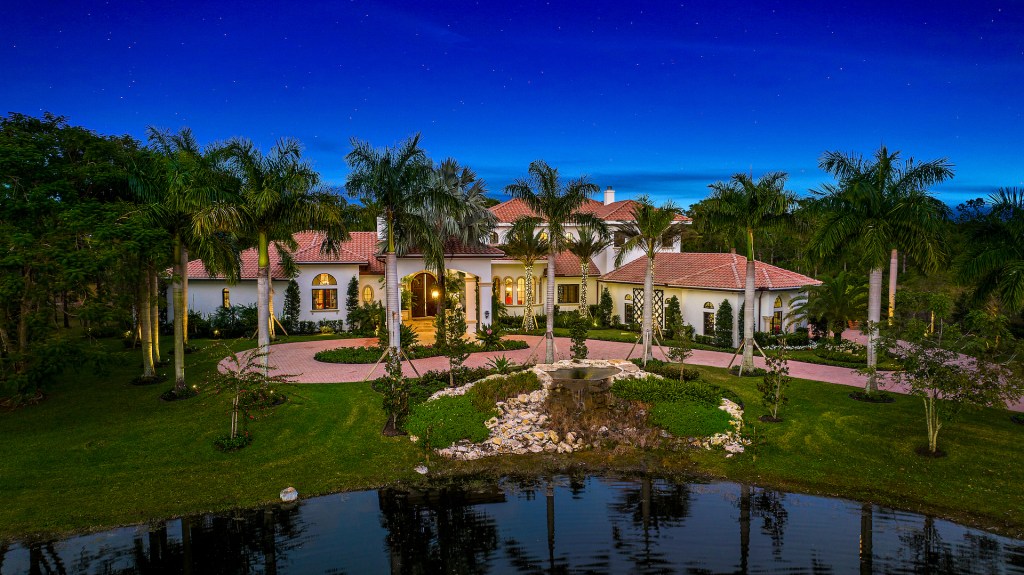Rebellion: When in the Course of Human Events It Becomes Necessary

On Tuesday, October 16, 2018, just 242 years and 104 days after the United States declared its independence from Great Britain, leaders from the eastern end of Long Island declared their independence from the United States of America. The announcement was made on the front steps of the Southampton Town Hall—which will be rechristened as the new nation’s capital—at noon.
Hear ye, hear ye, the Town Crier shouted, ringing his bell to quiet the huge crowd that had assembled. Ezekiel Smith, the chairman of the new nation’s First Assembly, spoke.
“By the power that has been vested in me by the First Assembly, I hereby announce a declaration stressing our independence. I ask that you all declare your allegiance to your new nation, the Windmill Antilles. In recent years, the United States has had its way with us. Heavy taxation has been imposed upon us. What we get in return is just brutal repression. Also, not enough parking. We’ve had it up to here.
The last straw was the announcement last week that the American government, by its inaction, will not step in to stop the sale of Deepwater Wind’s offshore wind farm company—which will soon be providing power to our homes—to a country that we East Enders consider a hostile power: Denmark. The sale will provide Deepwater Wind half a billion dollars.
We believe it will give Orsted, the Danish company with known ties to other foreign nations, the ability—with just the press of a button—to cut off the power to the East End. We will not let that happen to our people—and so we take matters into our own hands.”
The new nation has been given its two names because the word “Windmill” refers to the scattering in these communities of the largest collection of old English windmills in North America, and “Antilles” because, like the Dutch Antilles in the Caribbean, it consists of a series of islands.
At the announcement in front of the new Capitol building in Southampton, Chairman Smith unveiled the new Windmill Antilles flag. Ten stars are arrayed in the form of a fishtail, one star representing each island. The stars are gold. The background is blue.
Here are the states, big and small, that are included in the new country.
1. Star Island: Sits in the middle of Lake Montauk and is accessible either by boat to the marinas on that island or at Gurney’s Montauk Yacht Club, or by a causeway that attaches to the Montauk fishing village. Population 116. The Star Island Coast Guard Station will be taken over by the Windmill Antilles navy to be a port for its ships. Population 144.
2. Shelter Island: Sits between Greenport and Sag Harbor, accessible only by ferry. There are three golf courses on this little island, and they will be requisitioned by the Windmill Antilles government to become recreational facilities for government workers. Population 1,463.
3. Plum Island: Off the coast of Orient Point, which, because it is currently an off-limits animal research facility, will be the new training camp for the U.S. Army. Dogs will guard the camp. Population 84.
4. Gardiners Island: Off the coast of East Hampton, which will be taken over and made into a farm operation to provide fruits and vegetables for the citizenry. This island is currently owned by members of the Gardiner family, who have owned it since the first settler there, Lion Gardiner, came over from Connecticut in 1639. The Manor House on Gardiners Island will be the “White House” for our first president, who will be elected by popular vote next month. Population: 82.
5. North Haven: Connected to Sag Harbor by the Lance Corporal Jordan C. Haerter Veterans Memorial Bridge. North Haven’s ample woods and forests will provide the lumber for all the new construction in the Windmill Antilles. Population 1,812.
6. The South Fork: This large entity is connected to the mainland by several bridges that cross the Shinnecock Canal. All will be cut, and access across the canal will be provided by ferryboat with customs officials’ offices on the eastern shore. The eastern tip of the South Fork is the Montauk Lighthouse. Population 53,812.
Because of its large size, the South Fork will be divided into nine Provinces: Montauk, East Hampton, Bridgehampton, Sagaponack, Noyac, Mecox, Water Mill, Shinnecock and Sag Harbor, each with its own provincial flags and provincial government centers. The Province of the Shinnecock Nation will house the facility for the creation, warehousing and issuing of the new Windmill Antilles currency, the Wampum.
7. Robins Island: A private island in Peconic Bay was owned until now by Wall Street’s Louis Bacon, and it is to be turned into a preserve for birds and animals of the Windmill Antilles. Population 5.
8. Cartwright Shoal: A small island only a hundred yards long, south of Gardiners Island in what is now Gardiners Bay, and by deed owned by the Gardiner family (the deed says they own as far offshore of their islands as an ox can get by walking until the water is up to the underside of his stomach). Cartwright Shoal will become a gun installation and fortress for the Windmill Antilles Marines. Population 0.
9. Fishers Island: This is a little-known island just off the coast of Connecticut near Mystic that is currently part of the State of New York and administered by Southold. The merry band of 142 locals who live on this island (and provide services to a summer community of about 300) have unanimously voted to be part of the Windmill Antilles. The WA government has accepted the application and will soon send a small military force there to protect its citizens from outraged New Englanders.
10. Block Island: This island, currently administered as part of Rhode Island, is eight miles off the coast of Montauk but also has voted to become part of the Windmill Antilles, although it was not unanimous. Indeed, some say the narrow victory by Windmill Antilles enthusiasts was rigged. Block Island already has five offshore turbines that provide power to all of the island.
Put there by Deepwater Wind before the sale, there is one group that applauds socialist Denmark, the brutal Russians and the Communist Chinese, and another that abhors what might happen to the islanders under this new regime. If Block Islanders don’t do the Danes’ bidding, will the lights go out? The Windmill Antilles has accepted Block Island, but whether it will stay a state or revert back to Rhode Island remains to be seen. The Windmill Antilles is sending a battalion next month to keep order, but in the end we will accept whatever the Block Islanders wish after they have sorted everything out.
For the moment, our flag has 10 gold stars. An application has come in from Fire Island, but has not been accepted into the Windmill Antilles just yet. Fire Island, year-round population 435, has no windmills, is disconnected from the Windmill Antilles by Westhampton Beach and has little else to redeem itself. It also might get swallowed up by the sea soon. So the flag is 10 stars and we will figure out if it’s 9, 10 or 11 later and take appropriate action at that time.
As we go to press, we have learned that the North Fork of Long Island has applied to be part of the Windmill Antilles. It currently does not qualify, since it is firmly attached to Long Island, New York, the United States by actual land. But rebels say they will soon build a canal stretching from Northville to New Suffolk to let the water flow in, thus making it eligible for admission. Chairman Smith says we’ll consider it when we see it.
Meanwhile, young men and women: Join the Windmill Antilles Armed Forces. See the world. Windmill Aunt Tillie Wants You.




